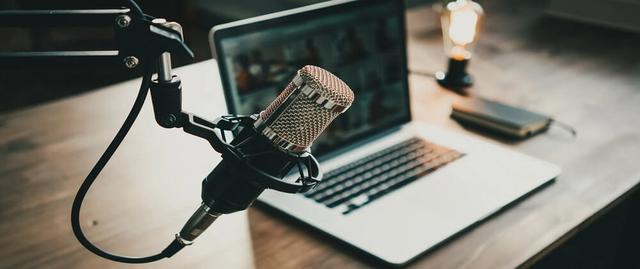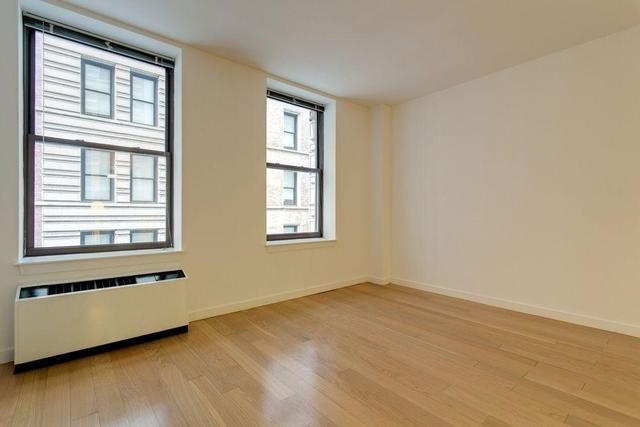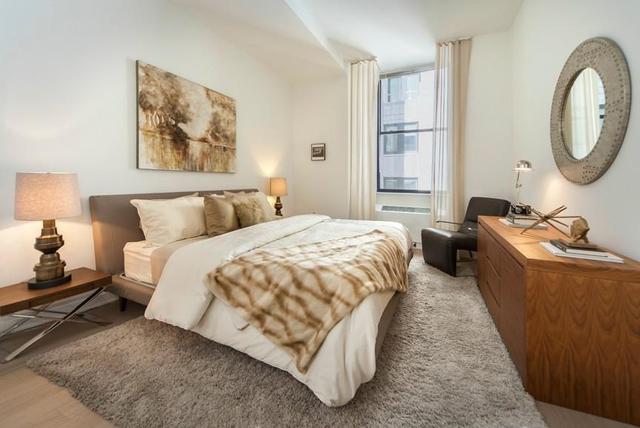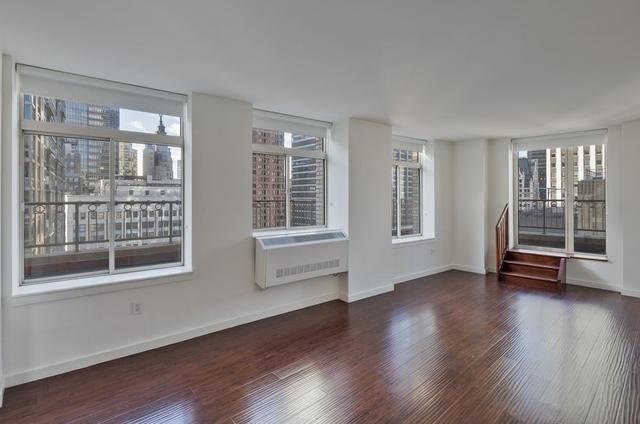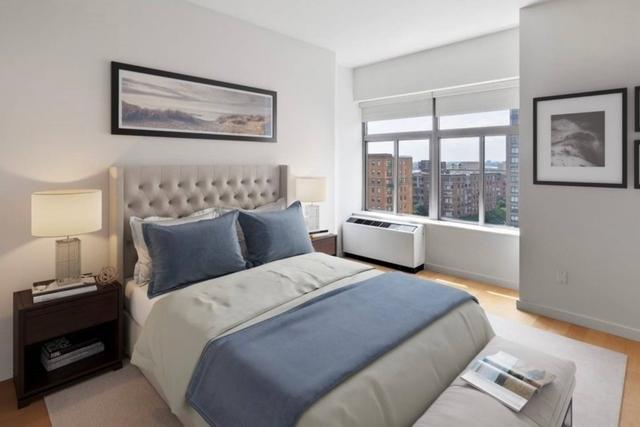
How to Buy a Second Home With No Down Payment?
By: ROS Team
Getting a second house, whether for investment, vacation, or rental purposes, is an exciting prospect. However, the thought of making a hefty down payment can be a major deterrent for many potential buyers.
The good news is that it is viable to buy a second property without putting down a large sum of money upfront.
In this post, we will look at numerous tactics and possibilities for buying a second property with no money down.
Can You Buy A House Without Down Payment?
Yes, it is possible to buy a house with no down payment using numerous ways, such as down payment assistance programs, seller financing, rent-to-own agreements, or teaming up with family or friends. This blog post will go over all of these possibilities.
Building a Strong Financial Profile
If you are a 2nd time home buyer with no down payment, then building a strong financial profile is one of the most useful strategies for you because lenders want to verify that borrowers are financially solid and will return their loans.

Here are some steps to help you strengthen your financial profile:
1. Improve your Credit Score:
A good credit score increases your chances of qualifying for a loan without a down payment.
Pay your bills on time, reduce credit card debt, and avoid opening new lines of credit unnecessarily. Regularly check your credit report for errors and dispute any inaccuracies.
2. Maintain a Stable Income:
Lenders want to see a steady and reliable source of income. Maintain consistent employment and avoid frequent job changes.
Keep meticulous records of your earnings and tax filings if you’re self-employed to prove your capacity for responsibility.
3. Reduce your Debt-to-Income Ratio:
Lenders assess your ability to manage debt by examining your debt-to-income ratio.
Aim to minimize your monthly debt payments in relation to your income. Pay off outstanding debts or consider consolidating them to lower your monthly obligations.
4. Save for Reserves:
While a down payment may not be required, having some savings in reserve can strengthen your financial profile.
It demonstrates your ability to handle unexpected expenses and assures lenders of your financial responsibility.
5. Get Pre-Approved for a Loan:
Before searching for a home, obtain pre-approval for a loan. This process involves a lender assessing your financial situation and determining the loan amount you can qualify for. Pre-approval enhances your credibility as a buyer.
Exploring Down Payment Assistance Programs
Down payment assistance programs can be a valuable resource for buyers looking to purchase a home without a down payment.
These programs are intended to give financial assistance and help buyers bridge the gap between their available finances and the needed down payment amount.

Here’s how you can explore and benefit from these programs:
1. Research Available Programs:
Start by researching down payment assistance programs in your area. Look for programs specifically tailored to homebuyers who need assistance with their down payment.
2. Understand Eligibility Criteria:
Each program may have its own set of eligibility requirements.
These can include income limits, credit score thresholds, residency requirements, and property purchase price limits. Review the criteria of different programs to determine which ones you may qualify for.
3. Gather Required Documentation:
Down payment assistance programs typically require certain documentation to verify your eligibility. This may include income statements, bank statements, tax returns, and identification documents. Gather all the necessary paperwork to ensure a smooth application process.
4. Complete the Application Process:
Once you’ve identified a down payment assistance program that suits your needs, follow the application process outlined by the program administrators.
This may involve submitting an application form, providing the required documentation, and possibly attending an informational session or homebuyer education program.
5. Understand Program Benefits and Requirements:
Each down payment assistance program has its own benefits and requirements. Some programs provide non-repayable subsidies, while others provide low-interest loans or forgivable loans.
To understand the financial ramifications, familiarize yourself with the program’s unique terms and conditions.
6. Work with a Qualified Lender:
Down payment assistance programs often require you to work with approved lenders. These lenders are familiar with the program requirements and can guide you through the application process.
Research and connect with lenders who have experience working with down payment assistance programs.
Using Home Equity
Utilizing the equity in your primary residence is another strategy to consider when buying a second home with no down payment. Here’s how you can use home equity to fund your second home purchase:

1. Determine your Home Equity:
Subtract the outstanding mortgage total from the current market value of your house to get the amount of equity you have in your primary residence. For instance, if your property is worth $300,000 and your mortgage balance is $200,000, your home equity is $100,000.
2. Explore Home Equity Loans or Lines of Credit:
Consider applying for a home equity loan or a home equity line of credit (HELOC). These financing options allow you to borrow against the equity in your primary residence.
With a home equity loan, you receive a lump sum upfront, whereas a HELOC provides a revolving line of credit that you can draw from as needed.
3. Use the Funds for your Second Home Purchase:
You can utilize the funds from a home equity loan or HELOC to put down on a second home.
This enables you to bypass the need for a traditional down payment and potentially qualify for better loan terms.
4. Repay the Home Equity Loan or HELOC:
Keep in mind that using home equity means taking on additional debt.
Make a strategy to repay the home equity loan or HELOC in accordance with the terms agreed upon with the lender. Failure to make payments could put your primary residence at risk.
5. Consider Potential Risks:
Utilizing home equity for a second home purchase has its risks. If the value of your primary residence declines, you could end up owing more than your home is worth.
Additionally, if you encounter financial difficulties, you may struggle to meet the repayment obligations for both mortgages.
Negotiating Seller Financing
Another option to consider when buying a home with no down payment is negotiating seller financing. In this arrangement, the seller acts as the lender and provides financing for the purchase of the property.

Here’s how you can approach negotiating seller financing:
1. Find Motivated Sellers:
Look for sellers who may be open to offering financing options. Motivated sellers, such as those who have had difficulty selling their property or are in need of a quick sale, may be more willing to consider seller financing.
2. Discuss Terms and Conditions:
Initiate a conversation with the seller about the possibility of seller financing. Discuss the terms and conditions that are acceptable to both parties, such as the purchase price, interest rate, payback time, and any other pertinent facts. Be prepared to negotiate and find mutually beneficial terms.
3. Conduct Due Diligence:
Before finalizing the agreement, perform a thorough assessment of the property.
Conduct inspections, review any existing liens or encumbrances, and ensure that the property’s title is clear. It’s essential to have all the necessary information to make an informed decision.
4. Draft a Legally Binding Agreement:
To protect both the buyer and the seller, a legally enforceable agreement outlining the terms and circumstances of the seller financing arrangement must be drafted.
Consider hiring a real estate attorney to assist with contract preparation and to ensure that it complies with local laws and regulations.
5. Seek Professional Advice:
It’s recommended to seek advice from a real estate professional or financial advisor who has experience with seller financing.
They can provide guidance on structuring the deal and ensuring that all necessary legal and financial considerations are addressed.
6. Fulfill your Obligations:
Once the seller financing agreement is in place, make sure to fulfill your obligations as outlined in the contract.
Make timely payments, adhere to the agreed-upon terms, and maintain open communication with the seller throughout the repayment period.
Exploring Rent-to-Own Options
Rent-to-own arrangements are another option to explore if you want to buy a house with no money down. This agreement allows you to rent a home with the prospect of purchasing it later.

Here’s how you can explore rent-to-own options:
1. Find Rent-to-Own Properties:
Look for properties that are advertised as rent-to-own or lease-to-own. These listings may be available through real estate agents, online platforms, or local classifieds.
2. Understand the Terms and Conditions:
Examine the rent-to-own agreement’s terms and conditions carefully. This includes the length of the rental period, the buy option price, and any other costs or credits associated with the agreement.
3. Negotiate the Terms:
If you find a rent-to-own property that interests you, negotiate the terms with the property owner or landlord. Discuss the possibility of a lower option price, a portion of the rent being credited towards the purchase price, or flexible terms that suit your financial situation.
4. Conduct Due Diligence:
Before entering into a rent-to-own agreement, conduct thorough due diligence on the property. Inspect the property, review its condition, and assess any potential repairs or maintenance costs.
Exploring USDA, VA, and FHA Loans
USDA, VA, and FHA loans can provide opportunities to buy a second home with no down payment. Let’s take a closer look at each of these loan programs:
1- USDA Loans
The United States Department of Agriculture (USDA) offers loans specifically for rural and suburban homebuyers.
USDA loans often require no down payment, making them an attractive option for those looking to purchase a second home in eligible areas. These loans also offer competitive interest rates and flexible credit requirements.
2- VA Loans
The Department of Veterans Affairs (VA) provides VA loans exclusively for eligible veterans, active-duty service members, and their spouses.
VA loans typically do not require a down payment, making them an excellent choice for qualified military personnel who want to buy a second home.
These loans offer favorable terms and often have lower interest rates compared to conventional loans.
3- FHA Loans
FHA loans, which are popular among first-time homeowners, are insured by the Federal Housing Administration (FHA).
While FHA loans normally need a small down payment, they also provide the option to finance the down payment through other sources, allowing borrowers to buy a home with little out-of-pocket cash.
This flexibility makes FHA loans an option to consider when buying a second home.
Buying A Second Home With No Money Down: Final Thoughts
While the options for financing a second home with no down payment may be limited, there are possibilities available to qualified buyers.
No down payment loans and alternative financing options can help preserve your cash for other expenses related to your second home.
Even if a no-down payment mortgage is not attainable, there are various financing avenues to explore. Remember that real estate investing strategies vary, and it’s important to choose a path that aligns with your comfort level.
Related Article:
Second Home Tax Benefits
How to Buy a Second Home and Rent the First
Convert your Second Home to Primary Residence

